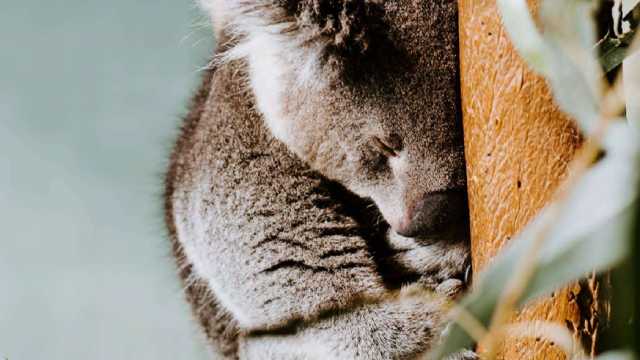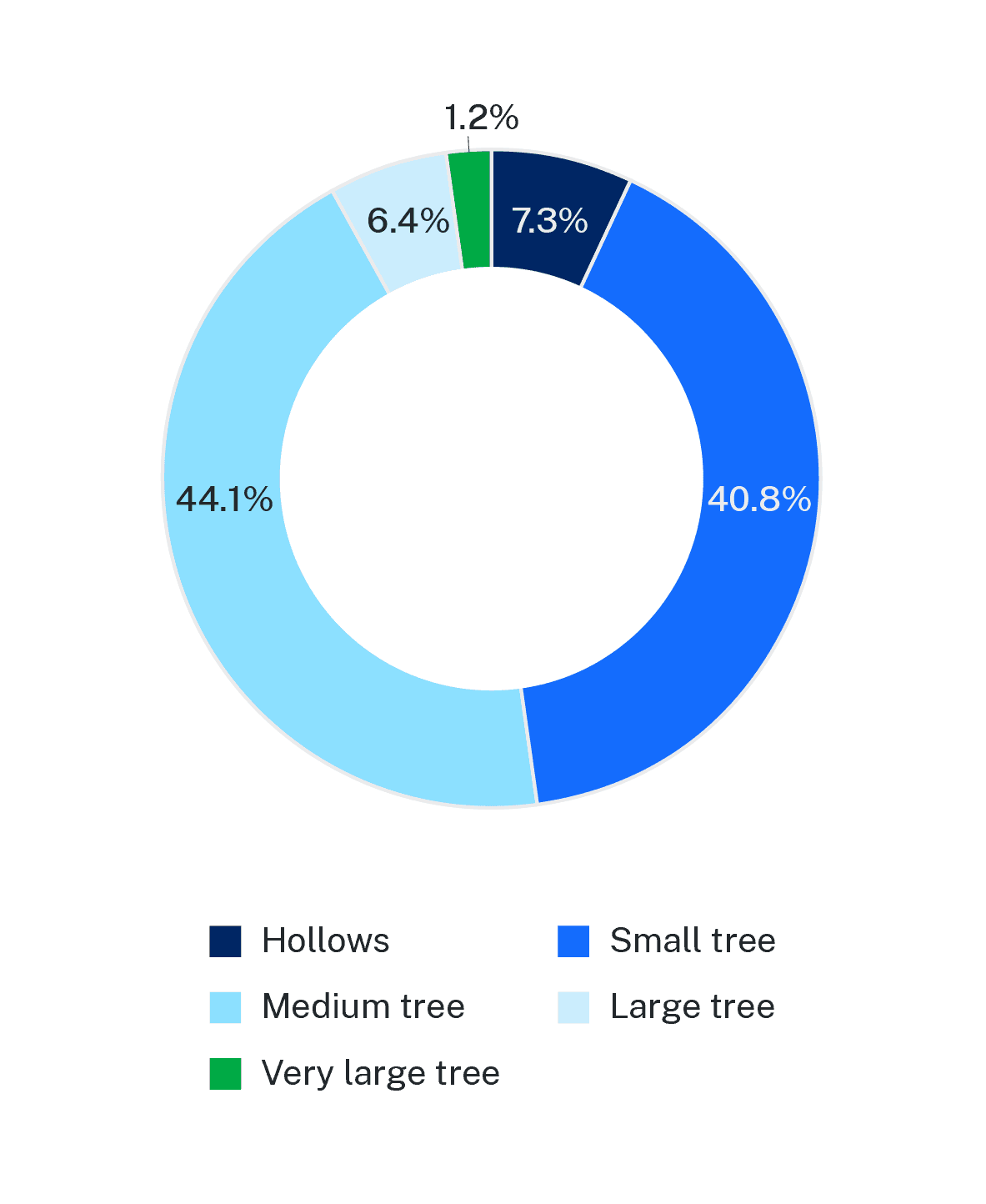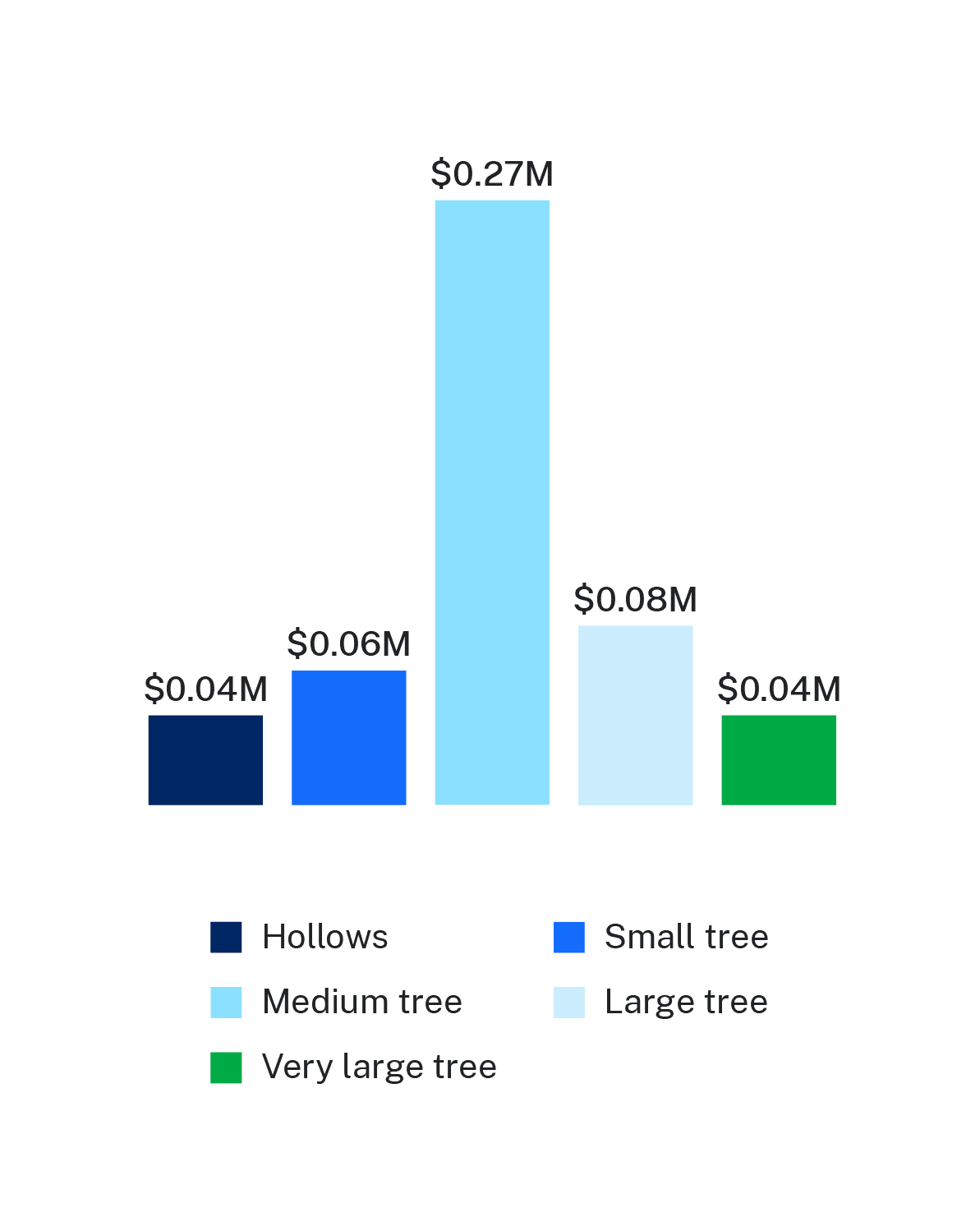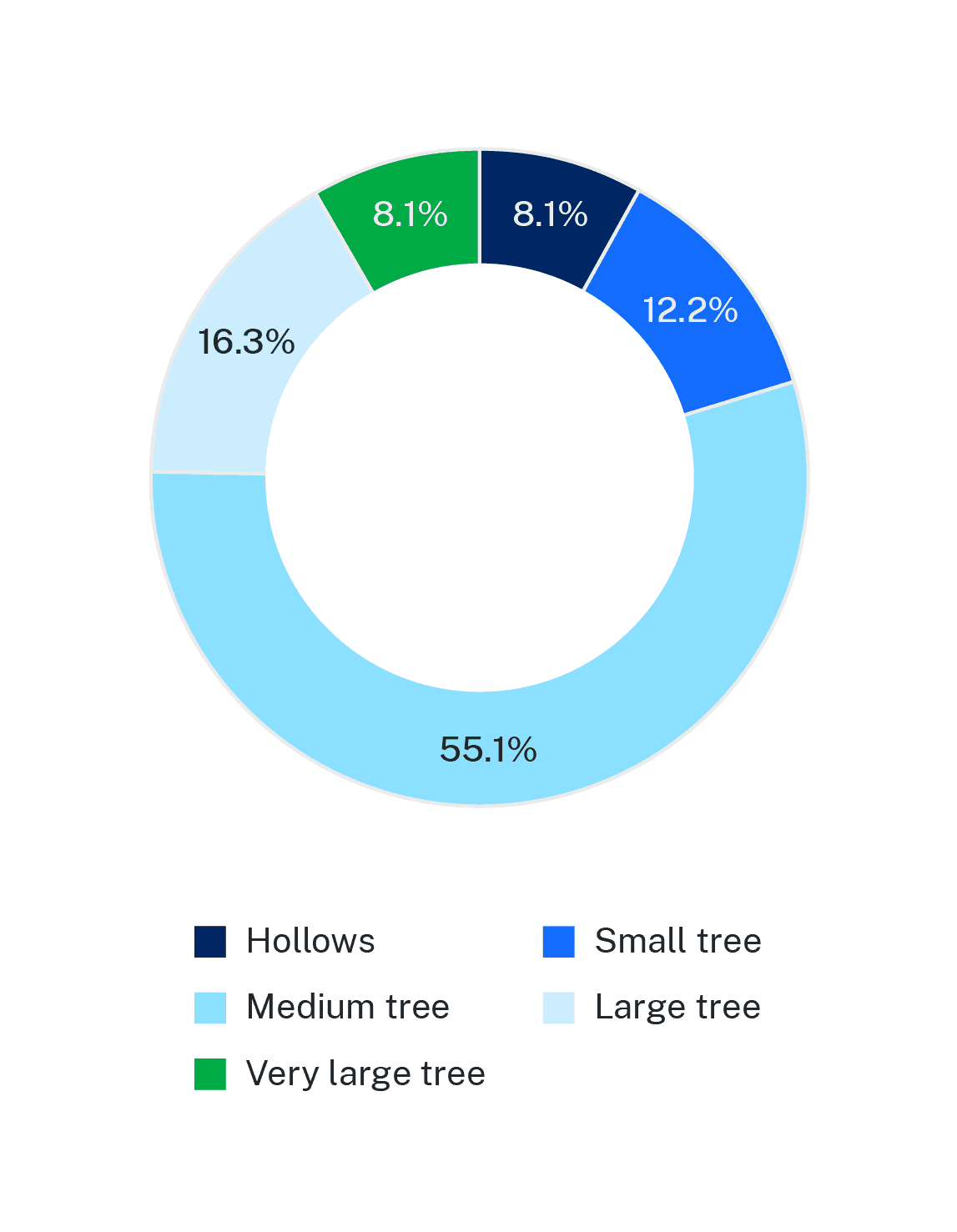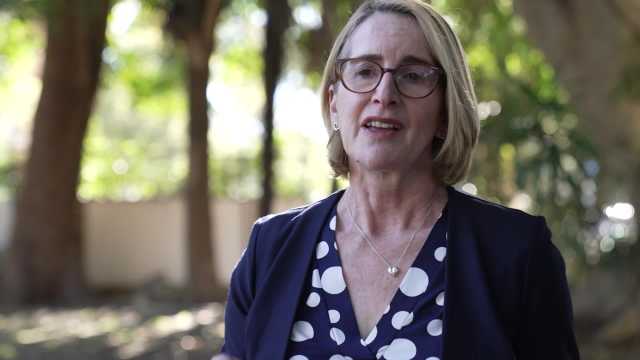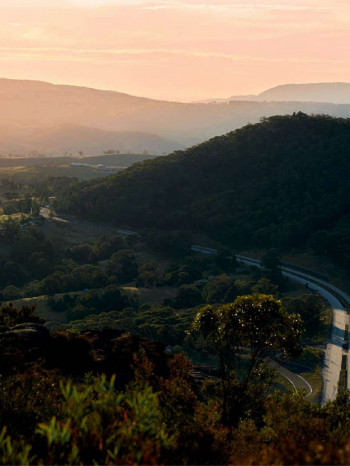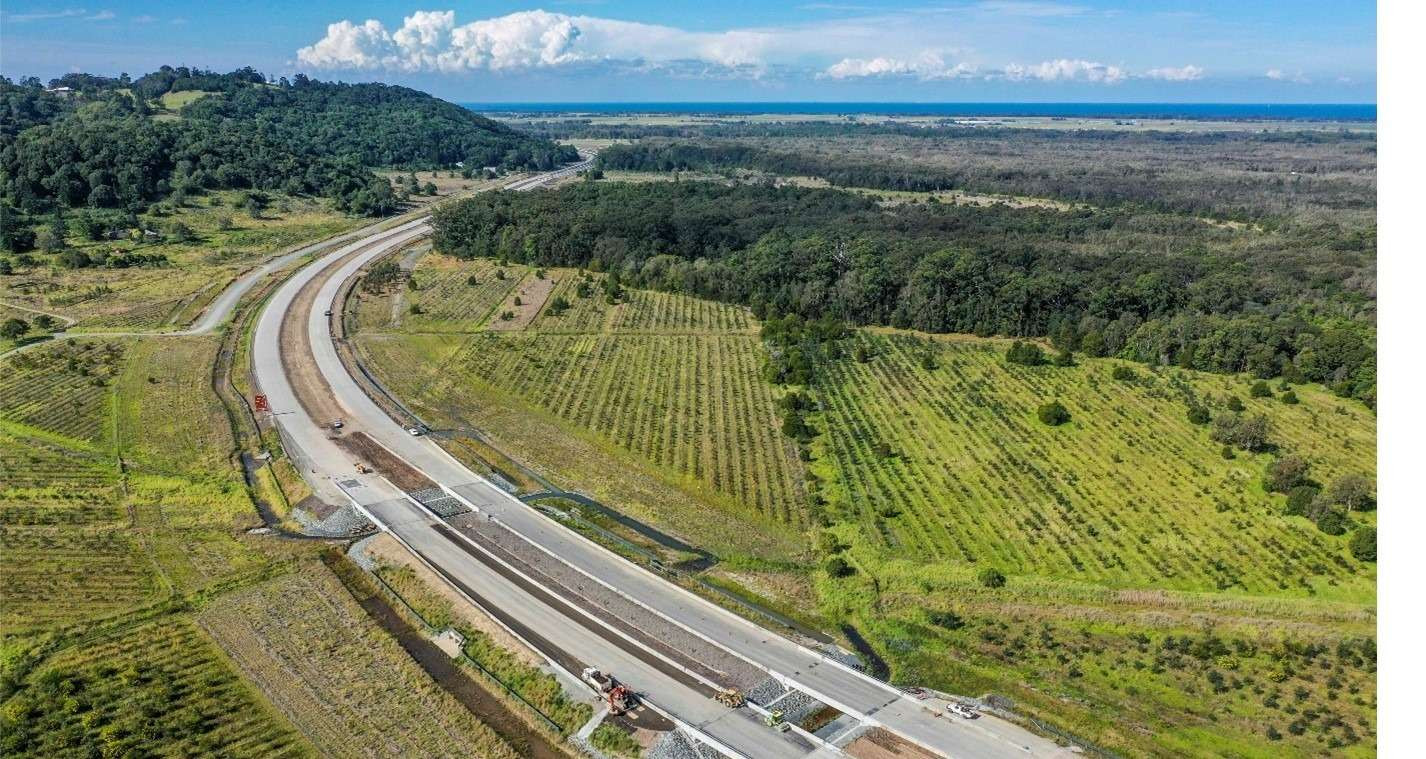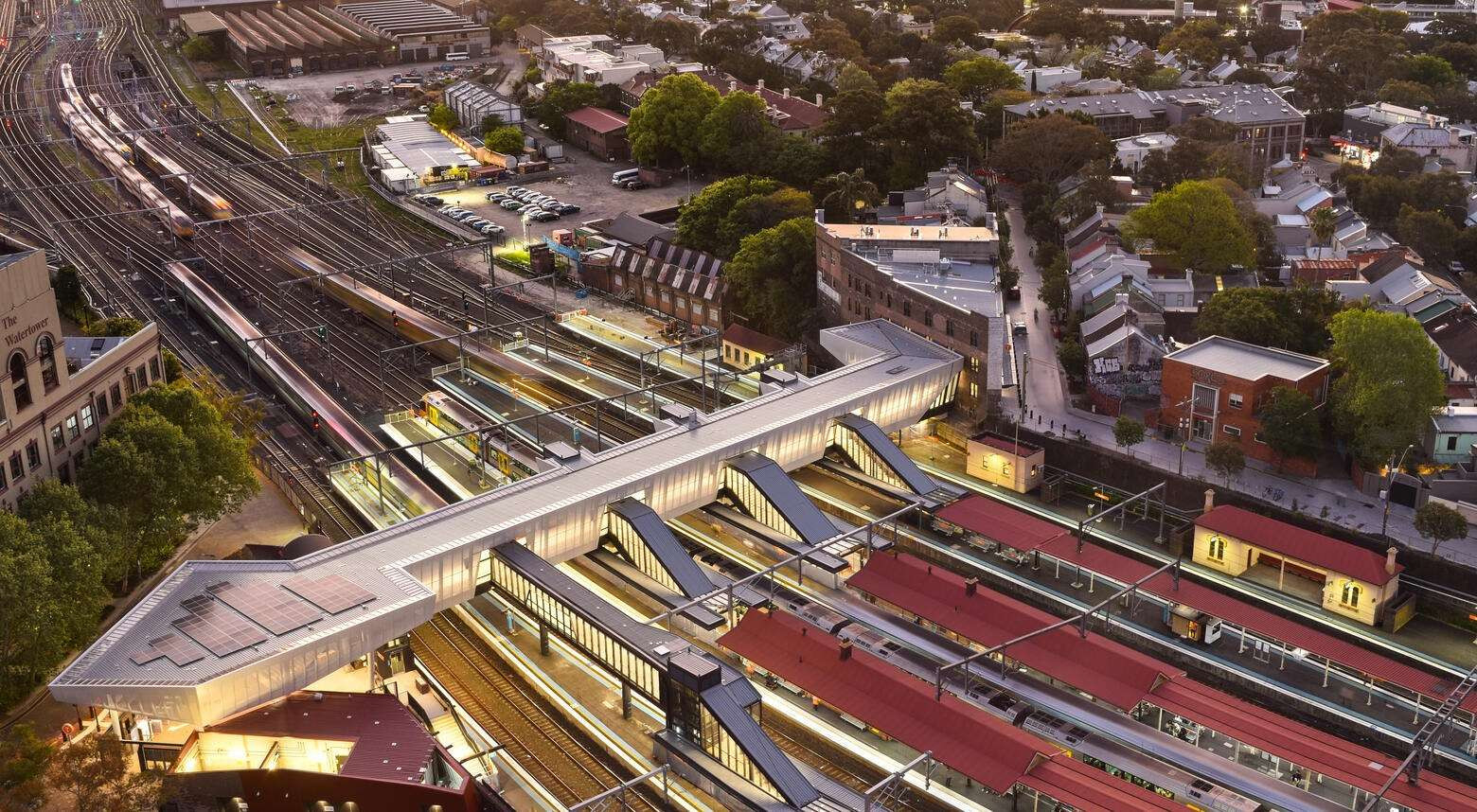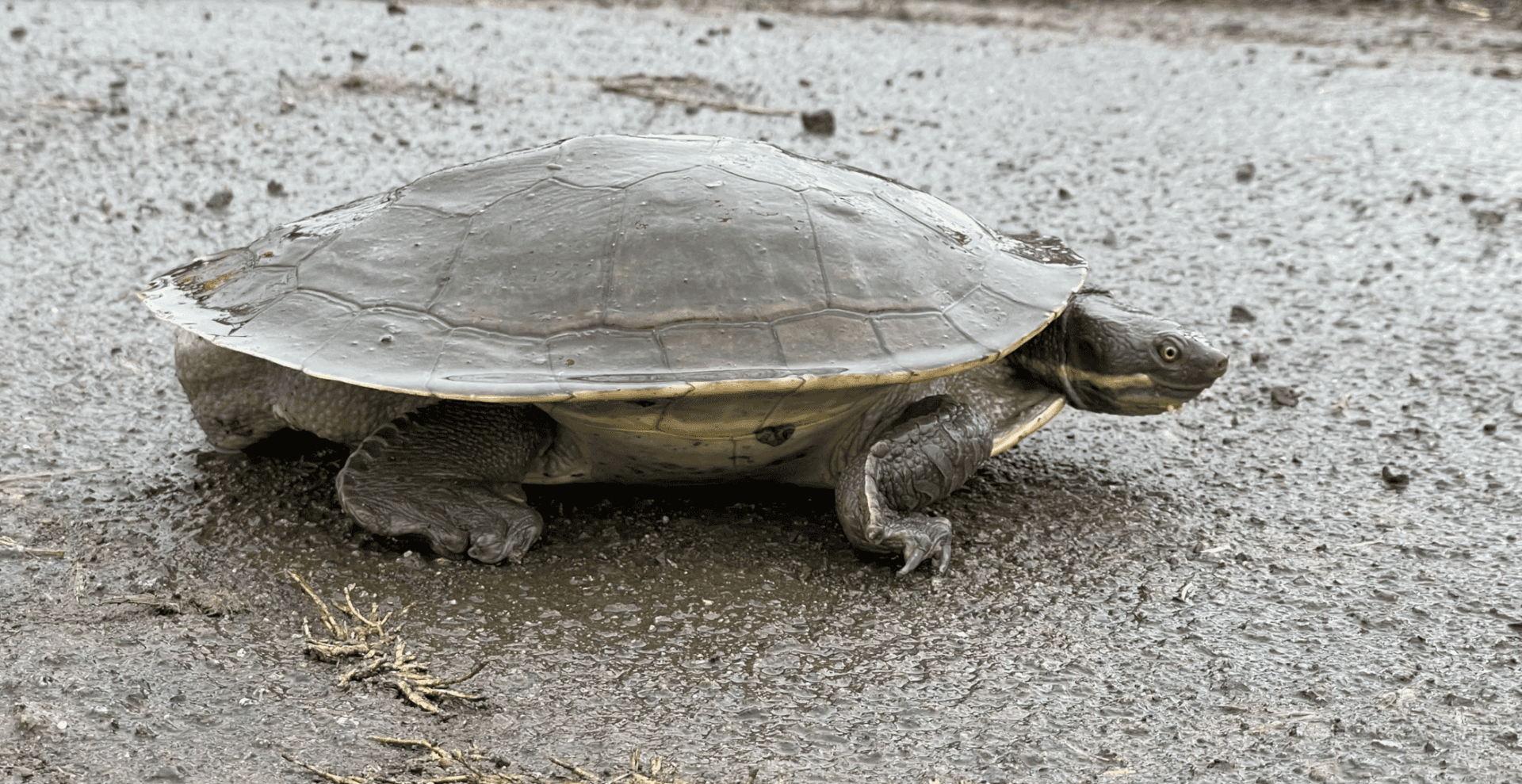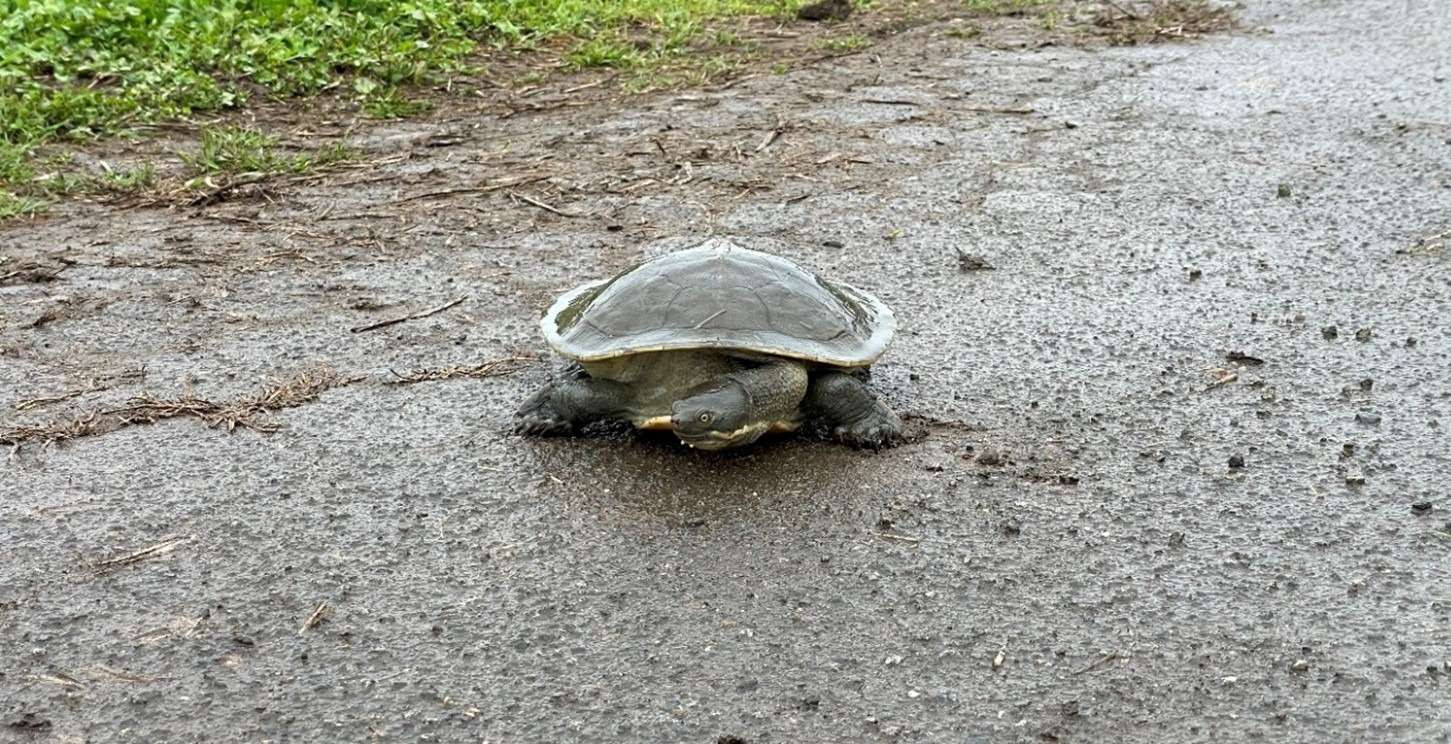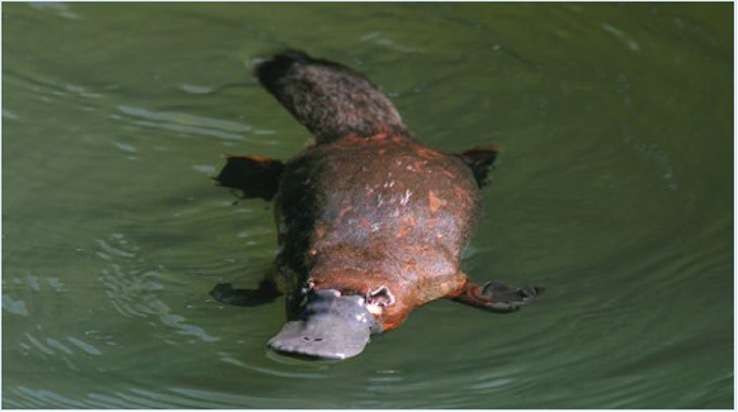

Focus area 2
Protect and enhance biodiversity
Our priority is to protect biological diversity and enhance and regenerate the environments we operate in.
Our goal
No net loss of biodiversity as a result of our infrastructure development activities
Why it's important
Australian ecosystems are rich in biodiversity and contain many species not found anywhere else in the world.
We understand that biodiversity is vital for supporting life on Earth, providing clean air and water, as well as healthy ecosystems and fertile soils. Biodiversity is all encompassing and includes flora and fauna, genetic diversity and ecosystem diversity. Our approach to biodiversity management is underpinned by the principle of applying an avoid, minimise, mitigate, offset hierarchy.
No net loss of biodiversity as a result of our infrastructure development activities
In NSW, our extensive public road and rail networks extend across diverse landscapes, including vegetated areas along roads, rail lines, drainage lines, waterways and linear reserves (or roadside and rail reserves). These spaces are often rich in biodiversity and serve as vital habitat corridors for wildlife.
As we expand and enhance our transport network, it is vital to build and operate infrastructure that has the least possible impact on biodiversity.
Guided by our Biodiversity Policy and Biodiversity Management Guidelines, we aim to improve and protect biodiversity both on land and below water.
In 2023 we commenced operation of the Transport Biobank that assist us to meet our biodiversity obligations under both NSW and Commonwealth biodiversity law. The biobank process helps to manage biodiversity credits purchased in excess of our requirements or created on surplus Transport land. We also provide offsets and other conservation measures, such as tree replanting and artificial hollow creation, above our legal requirements.
Our commitment ensures sustainable infrastructure design practices and thorough assessments are undertaken to safeguard our environment and include:
- careful clearing protocols for identifying and protecting environmentally sensitive areas
- provision of dedicated fauna connectivity structures and fencing to exclude fauna where needed
- promotion of fish passage through well-designed culverts
- habitat supplementation activities such as artificial hollows
- integration of microbat habitat in bridges
- tree replacement programs in both urban settings and natural landscapes
- seed collection and plant propagation activities
- translocation of seagrass to rehabilitation sites
- using technology to improve biodiversity surveying techniques
Explore the Biodiversity Policy and the latest updates on our credit holdings the annual sustainability report.
Transport Conservation Fund payments from tree and hollow replacement requirements
The below graphs provide the breakdown of payments by projects that were unable to fulfill their tree and hollow replacement obligations within the project boundaries.
